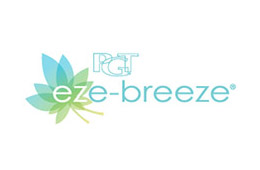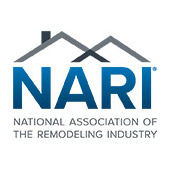Windows serve a crucial role in maintaining the aesthetic appeal and functionality of your home. Thus, it’s important to understand why window discoloration occurs. It not only affects the visual charm of your home but can also signal underlying issues that may need addressing. In this blog post, we’ll explore the common causes of window discoloration and how window replacement can serve as a viable solution to this problem.

The Impact of Ultraviolet (UV) Light
One of the main culprits behind window discoloration is prolonged exposure to Ultraviolet (UV) light. Just as UV rays can cause damage to our skin, over time, they can also lead to the fading and discoloration of window frames and panes. This is especially true for windows facing south or west, receiving a significant amount of sunlight throughout the day. Materials like vinyl and wood are particularly susceptible. To combat this issue, consider replacing discolored windows with newer models designed to resist UV damage, ensuring your windows remain pristine and effective for years to come.
Moisture and Condensation Effects
A diverse climate can have a huge impact on your windows and roofing system. Moisture buildup and condensation can lead to mold and mildew growth on and around windows, causing unsightly stains and discoloration. Wooden window frames are especially prone to these issues, as moisture can penetrate the surface, leading to rot and further discoloration. Replacing old windows with modern, moisture-resistant options can help prevent these problems and enhance the durability of your windows.
Airborne Pollutants and Chemical Exposure
Airborne pollutants, such as smoke and industrial emissions, along with the everyday use of household cleaners, can contribute to window discoloration over time. Chemicals present in these pollutants and cleaners can react with the window materials, leading to fading and staining. Homes in areas with high levels of air pollution or those near busy roads may be particularly at risk. Opting for window replacement can provide a fresh start, free from the marks and stains caused by environmental and chemical exposure.
Quality of Window Materials and Installation
The quality of the materials used in your windows, along with the precision of the installation process, plays a significant role in preventing discoloration. Lower quality materials or improperly installed windows can deteriorate more quickly, leading to fading, staining, and discoloration. The same applies for poorly installed roofs or those made from inferior materials, which may necessitate frequent roof repair.
Investing in high-quality windows from reputable manufacturers and ensuring they are correctly installed by professionals can help mitigate these issues. Modern windows come equipped with advanced technologies and materials designed to withstand the elements, reducing the likelihood of discoloration.
Window Replacement: A Solution to Discoloration
If you’re facing the challenge of discolored windows, window replacement offers a viable and effective solution. Not only does it address the aesthetic concerns associated with discolored windows, but it also enhances the energy efficiency and security of your home. By selecting modern windows that are resistant to UV light, moisture, pollutants, and chemical exposure, you can significantly reduce the risk of future discoloration while improving the overall comfort and appeal of your home.
At Homecraft® Inc., we offer top-notch window installation services, ensuring you enjoy clear, vibrant windows that elevate the look and feel of your living space for years to come. Call us today at (302) 798-0302 or visit our contact page to schedule an appointment! We’re also one of the top roofers in Newark, Middletown, and Bear, DE, as well as the surrounding areas.










